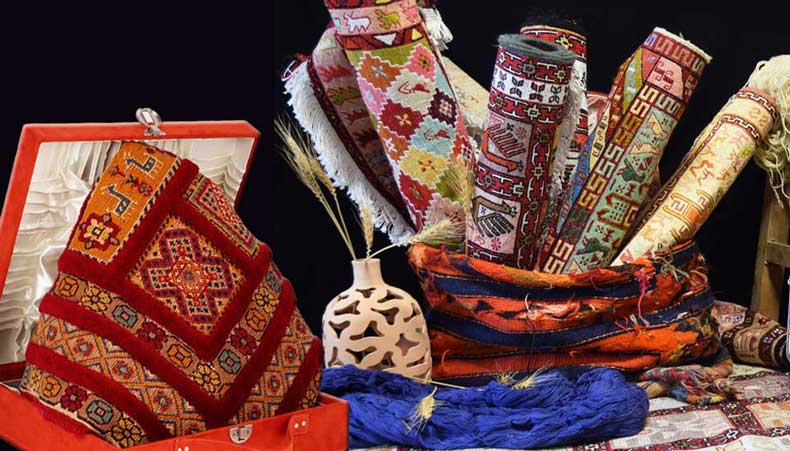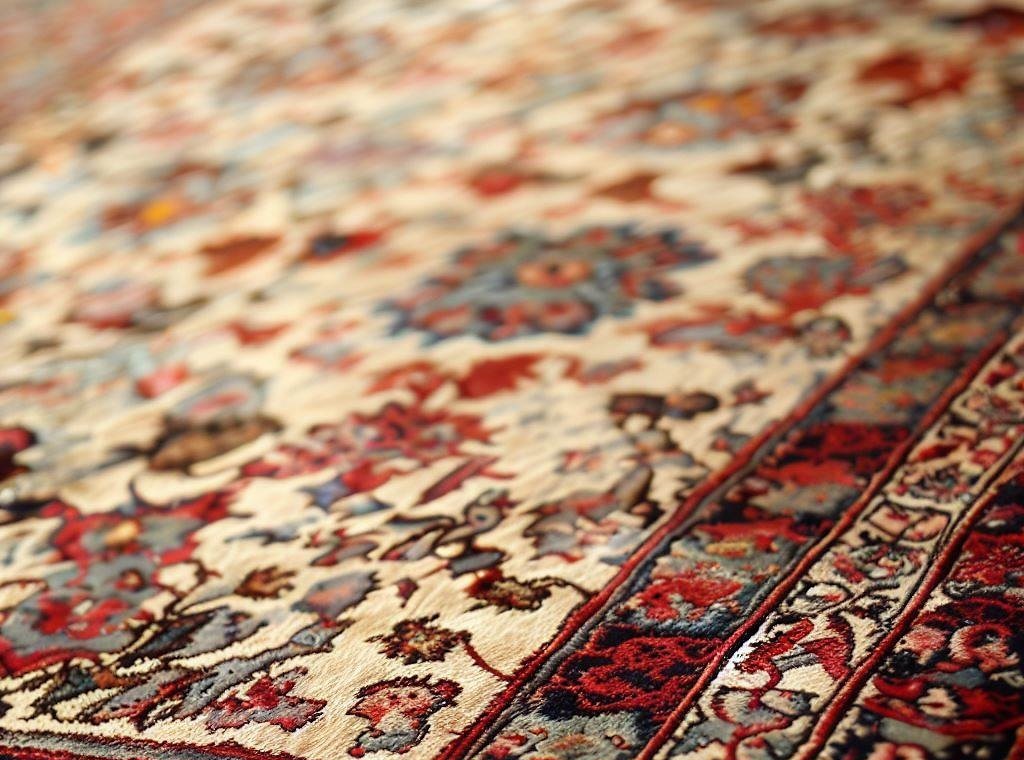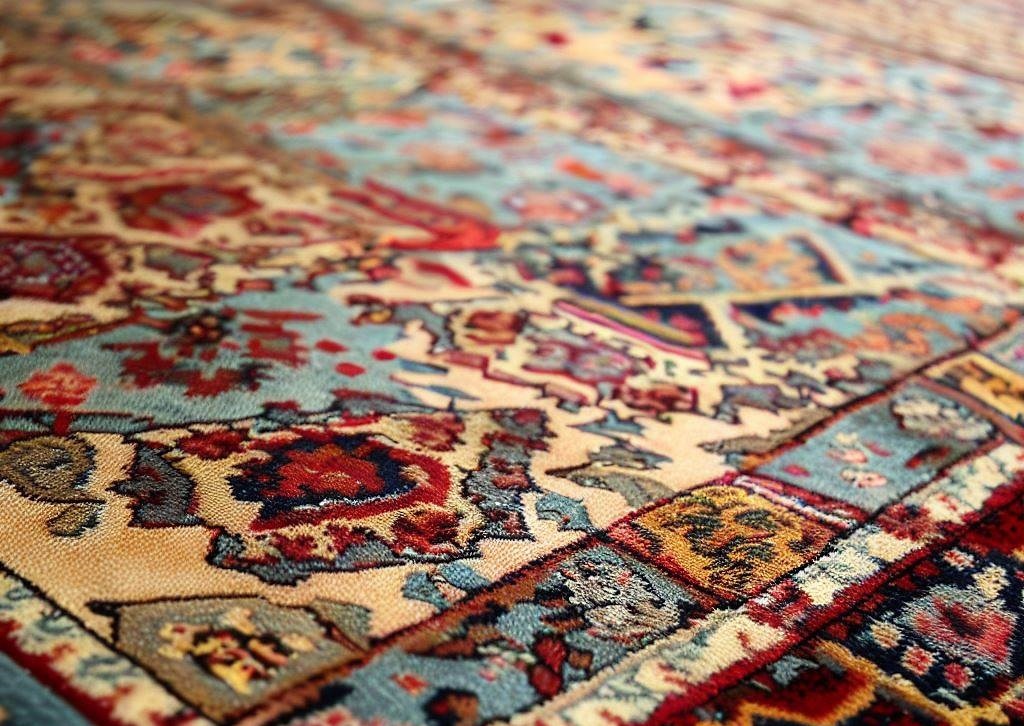How to Choose a Hand Knotted Persian Carpet

Introduction to Choosing a Hand Knotted Persian Carpet
When adding a touch of luxury and elegance to your home, nothing quite matches the beauty and craftsmanship of a hand knotted Persian carpet. With their intricate patterns and rich history, these rugs have long been sought after by collectors and homeowners alike. But how do you choose the perfect one for your space? In this article, we will explore the different aspects of Persian carpets and guide you through selecting the best rug for your needs.
In this article, we’ll look at some essential factors to consider when selecting a hand-knotted Persian carpet. But before diving into that, let’s introduce Ersaly, a blog that provides valuable insights and information about Persian culture, art, and design. In this blog, we’ll explore the rich history of Persian carpets and how they’ve evolved over the years. So, let’s get started!
Understanding Hand Knotted Persian Rugs and Their History
Hand knotted Persian rugs are a type of handmade Persian rug that has been crafted using a traditional knotting technique. This method has been passed down through generations and is an important part of Persian culture. To appreciate the artistry and skill involved in creating a Handmade Persian rug, it’s essential to know its history and the various types of Persian rugs available in the market.
Exploring Persian Rug Patterns and Designs
Persian rug designs are known for their intricate patterns, often including floral motifs, geometric shapes, and other symbols. Some of the most popular Persian rug patterns include:
- Medallion: A central medallion surrounded by intricate designs
All-over: Repeating patterns that cover the entire rug - Tree of Life: A representation of the Tree of Life, often with animals and other elements
- Hunting scenes: Depictions of hunting scenes with humans and animals
Garden: A representation of a Persian garden with flowers, trees, and other elements
Types of Persian Rugs: Handmade, Hand Knotted, and Hand Woven
Several Persian rugs are available, including handmade Persian rugs, hand-knotted oriental rugs, and hand woven Persian rugs. Each type has its own unique characteristics and level of craftsmanship:
- Handmade Persian rugs: These rugs are made by individual artisans, and can include both hand knotted and hand woven rugs.
- Hand knotted oriental rugs: These are made using a traditional knotting technique, resulting in a durable and long-lasting rug.
- Hand woven Persian rugs: These are made using a weaving technique, often resulting in a lighter and more flexible rug.
The Beauty of Wool Oriental Rugs and Persian Wool Rugs
Wool is a popular material for Persian and Oriental rugs due to its durability, warmth, and natural beauty. Persian style and hand knotted wool rugs are particularly sought after, as they showcase the artisans’ skill. Additionally, wool offers several benefits, such as being hypoallergenic, easy to clean, and resistant to stains and wear.
Identifying Authentic Persian Rugs and Genuine Persian Rugs
When shopping for a Persian rug, it’s crucial to identify authentic Persian rugs from replicas or lower-quality rugs. Look for the following characteristics to ensure you’re buying a genuine Persian rug:
- Knot density: Authentic Persian rugs have a high density, which can be calculated by counting the knots in a specific rug area.
- Materials: Genuine Persian rugs are made with high-quality materials, such as wool, silk, or a combination.
- Design: Authentic Persian rugs have intricate designs that are symmetrical and well-defined.
- Origin: Genuine Persian rugs are made in Iran and should have a label indicating their country of origin.
The Appeal of Iranian Hand Knotted Wool Rugs and Hand-Tufted Persian Rugs
Iranian hand knotted wool rugs are prized for their exceptional craftsmanship and intricate designs. These rugs are made using the traditional Persian knotting technique, which results in a durable and long-lasting rug. Hand tufted Persian rugs, on the other hand, are made using a tufting gun, which speeds up the process and results in a more affordable rug. While hand tufted rugs may not offer the same level of craftsmanship as hand knotted rugs, they can still be a beautiful addition to your home.
Exploring Oriental Rug Patterns and Types of Persian Carpets
Like Persian rugs, oriental rugs are known for their intricate patterns and designs. Oriental rug patterns can include floral motifs, geometric shapes, and other symbols similar to Persian rugs. There are also several Persian carpets, including Tabriz, Isfahan, and Kashan rugs, each with unique characteristics and history.
Hand Knotted Rugs: What Are Persian Rugs Made Of
When choosing a hand knotted Persian carpet, consider the materials used and the quality of the craftsmanship. Persian rugs are typically made of wool, silk, or a combination of both, and the quality of the materials can impact the rug’s durability, appearance, and value. Look for a rug with a high knot density, indicating a higher level of craftsmanship.
10. Persian Oriental Rugs and Types of Oriental Rugs: Making the Right Choice for Your Home
When selecting a Persian or oriental rug for your home, consider the following factors:
- Size and shape: Choose a rug that fits your space and complements the room’s layout.
Color and pattern: Select a rug with colors and patterns that complement your décor and personal style. - Material: Consider the durability, warmth, and other qualities of the rug’s materials, such as wool, silk, or a combination of both.
- Origin and authenticity: Look for genuine Persian or oriental rugs made in their respective countries.
- Budget: Set a budget and consider the rug’s value, including its materials, craftsmanship, and history.
By considering these factors and understanding the different types of Persian and oriental rugs, you can make an informed decision and choose the perfect hand-knotted Persian carpet for your home.







